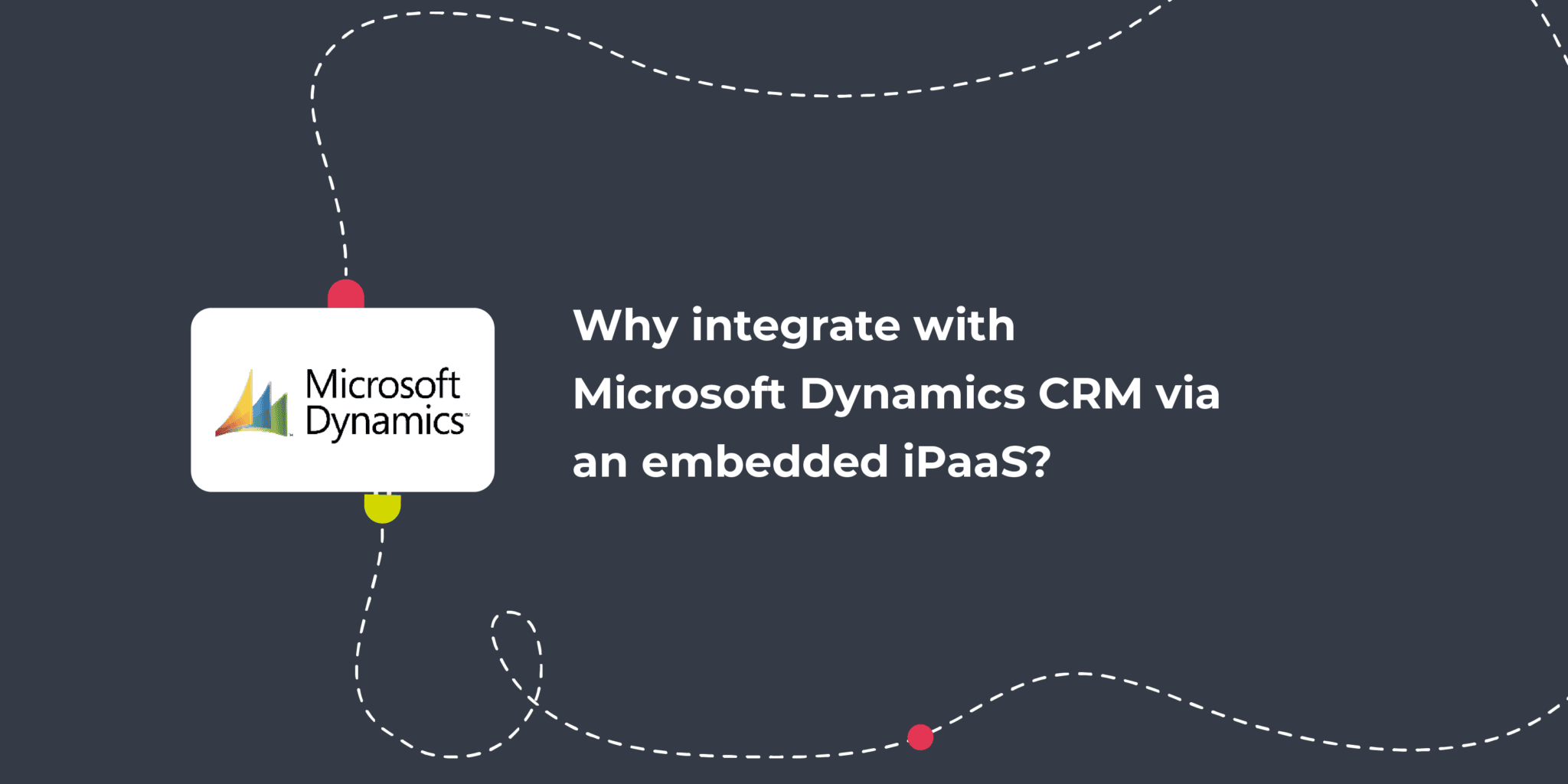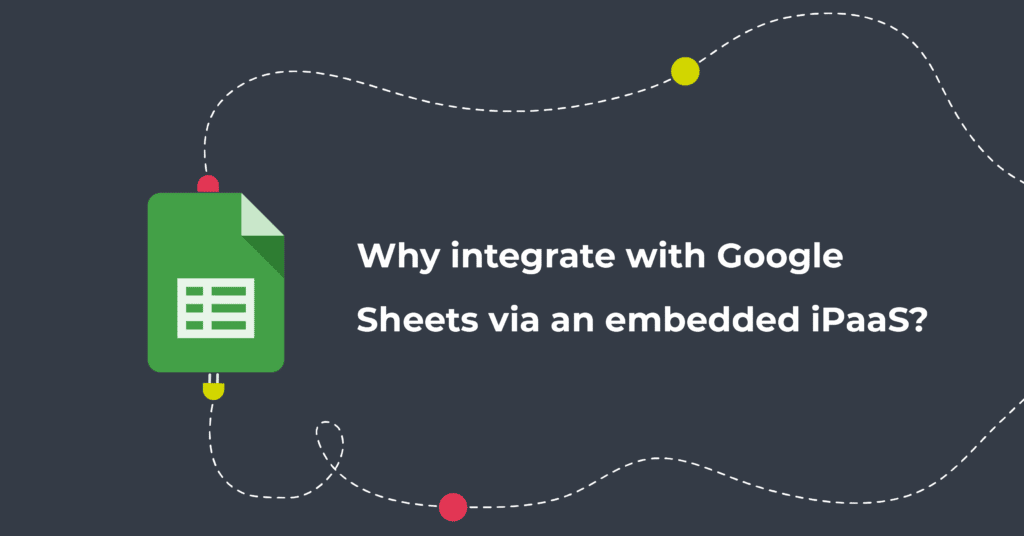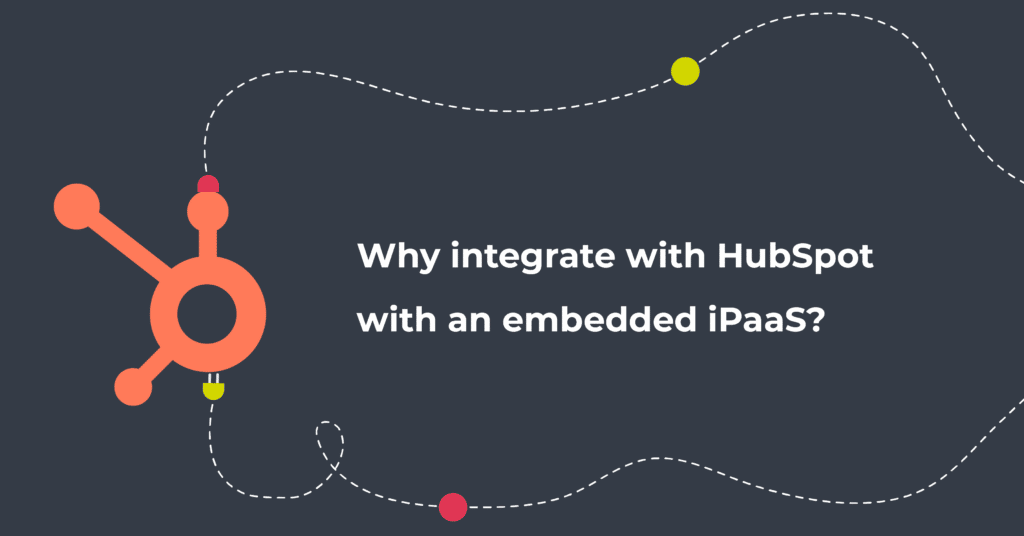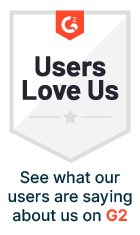
Updated on by Hayley Brown
What is Microsoft Dynamics?
Microsoft Dynamics CRM is a customer relationship management software package. The application allows users to manage, track and store information about customers and prospects using a centralised data-driven solution.
A centralised system helps keep the information up to date and accessible to users and teams when they need it. As well as important business insights that can help with growth opportunities and potential revenue streams. A CRM helps to optimise operating processes which makes the most out of customer relationships and sales leads.
What are the benefits of a CRM?
There is a number of ways to use a CRM to benefit that will benefit an organisation.
For instance, monitoring each sales opportunity through the sales funnel. A CRM can track lead-related data and provide insights for the sales and marketing teams to help understand where each opportunity is in the sales process as well as who it is assigned to. As well as tap into customer interactions for greater impact and superior customer engagement.
A CRM can also be used for sales monitoring to gather real-time performance data. This means teams will be able to see any slowdowns or bottlenecks in the sales process or when the team win a big deal.
With insightful data, users will be able to organise and plan as well as identify top priorities so teams can focus on what matters. For instance, which customers are ready to be handed over to customer success for onboarding.
Another CRM use is automation and optimising workflows. For example, building sales quotes, gathering customer feedback and sending email campaigns automatically can help streamline marketing, sales and customer service efforts. Helping to eliminate repetitive and manual tasks.
A CRM solution can help an organisation improve their agility and increase its competitive advantage, especially when integrated with a SaaS stack.
What would an integration with it look like via an embedded iPaaS?
An embedded iPaaS gives users the ability to integrate their entire tech stack and distribute data to where it is needed. Cyclr for instance, allows users to build integrations for customer use cases and deploy them natively in your SaaS. The integrations can happily work alongside your in-house or outsourced integrations.
Visual tools make building integration templates quick and easy, just make sure you know what data you need where and fill in the right steps. For example, add or update email addresses.
When the integrations are built they can be stored in a marketplace for customers to browse and deploy when needed.
Microsoft Dynamic Use Cases with an Embedded iPaaS
Sales
- Keep multiple sales tools in sync to keep sales data up to date regardless of what system users are updating them in.
- Automate tasks for your sales team to keep deals moving.
- Automatically fill in company data on your deals using external data.
- Trigger messages based on deal stages and the products/services customers are interested in
- Sync contact data between systems
- Automatically notify team members when a follow-up message is due
Accounting
- Automatically create invoices based on a won deal in your CRM
- Synchronise contacts between your CRM and accounting software
- Add invoice payment status on your CRM deal records as a note
Support
- Add notes to CRM company/deal records from unresolved/resolved support tickets
- Create new leads in your CRM from support tickets
- Update support tickets when deals move through your CRM pipeline
What are the benefits of using an embedded iPaaS to integrate with Microsoft Dynamics?
With SaaS users requiring more and more integrations an embedded iPaaS can help save in-house development time by providing pre-built APIs to popular applications. These can then be used to build integration workflows by any team.
As a white-label solution, Cyclr enables you to create integrations between your application and Microsoft Dynamics CRM in this case, then simply deploy natively. As a result, you’ll save time, energy and funds whilst benefiting from a connected ecosystem.




